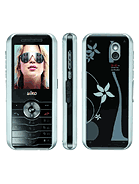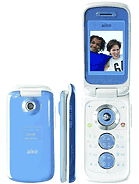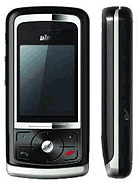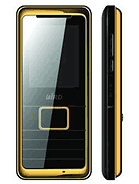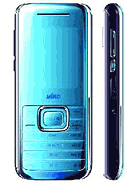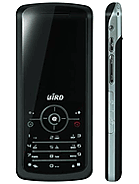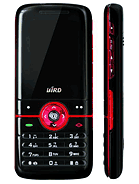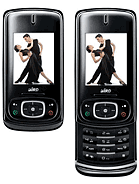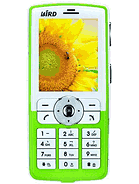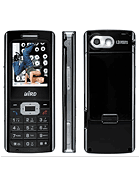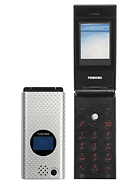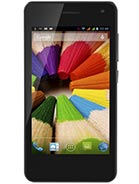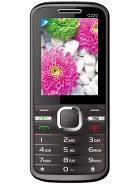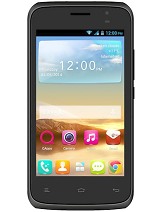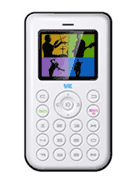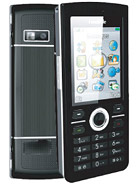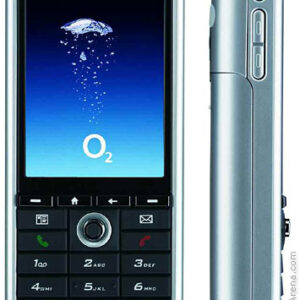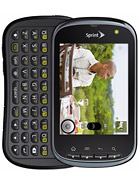Bird D716 Overall Review
The Bird D716 is a classic example of an early feature phone, introduced in 2007. This device offers a 1.9-inch display, catering to basic phone functionalities like calling and texting with ease. A notable feature is its 2 MP primary camera, which, for its time, provided users the ability to capture essential photographs with modest quality.
With 60 MB of internal storage, the Bird D716 could store a limited number of photos, messages, and contacts. Users had the option to expand this storage with a microSD card, a valuable feature for additional space. Powered by a 600 mAh battery, the D716 was designed for minimal power consumption, providing adequate battery life given its limited range of functionalities.
Its design reflects the era’s preference for compactness and simplicity, featuring a physical keypad that ensures ease of use for all demographic groups. Despite its basic nature, the D716 incorporated features that were quite forward-looking for feature phones at the time, such as an MP3/MP4 player for multimedia playback.
